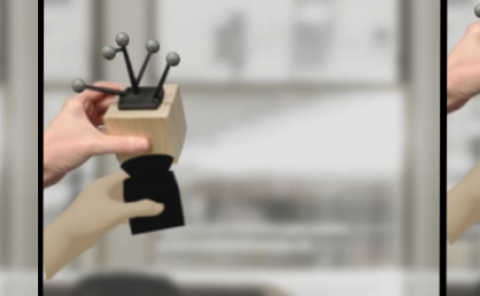Transferring an Interactive Display Service to the Virtual Reality
PubDate: June 2017
Teams: Universitat Mannheim
Writers: Jens Naber; Christian Krupitzer; Christian Becker
PDF: Transferring an Interactive Display Service to the Virtual Reality

Abstract
In today’s world, smart devices - such as laptops, smartphones, or smart watches - may substitute the need for physical presence of people. By offering a virtual representation, these devices support social interactions, e.g., telecommuting, remote studying through e-learning, or long-distance relationships. With audio and video streaming platforms like Skype, Apple FaceTime, or Google Hangouts it is possible to stay in contact with friends and colleagues. However, these platforms only allow communication between two peers or at most in very small groups. Additionally, they are very inflexible regarding content sharing and support only limited, defined use cases. In this paper, we present an extension to our pervasive display service for a remote virtual environment. This allows an immersive participation at remote activities in larger groups, while retaining the flexibility regarding joining devices of a pervasive middleware. Our contributions are threefold. First, we present a reusable design for integrating an interactive display service into virtual environments. Second, we implement our approach using the BASE middleware and the Unity 3D engine. Third, we evaluate our approach in a smart meeting room scenario.



